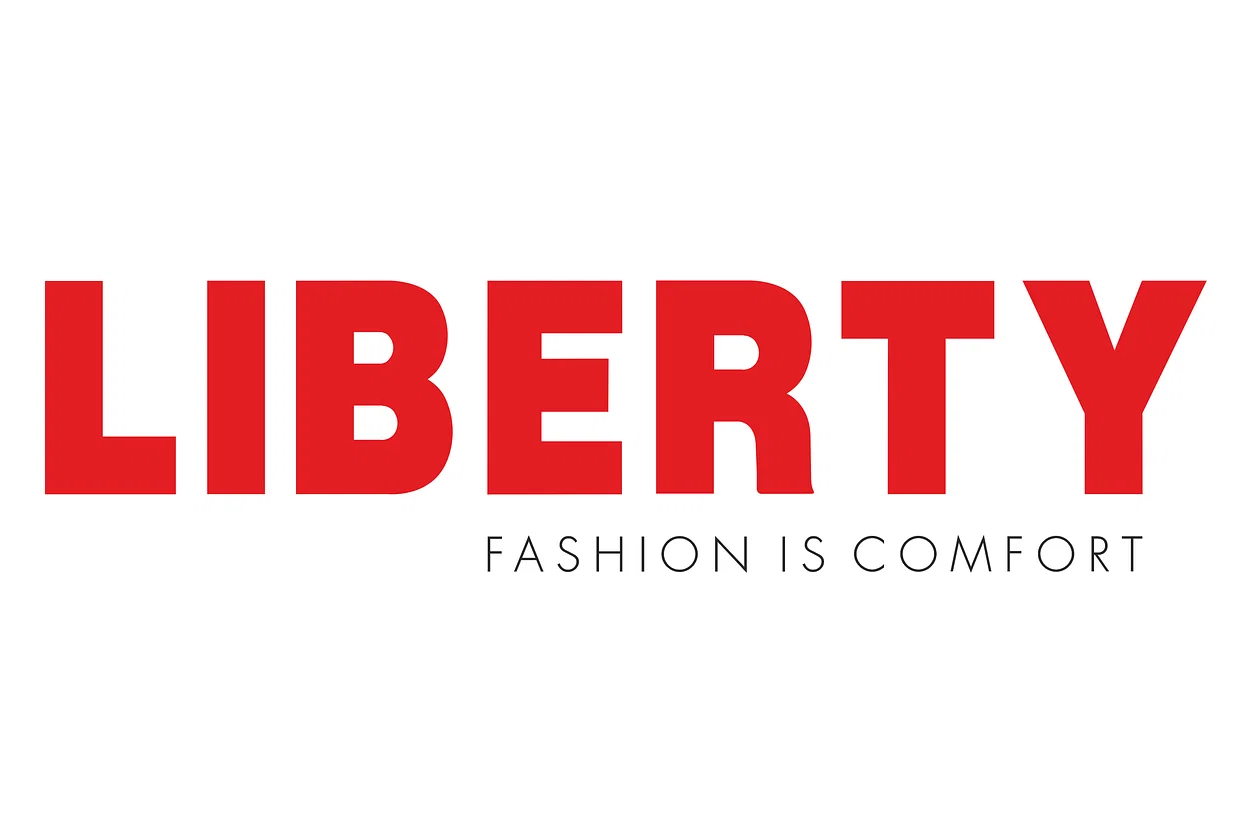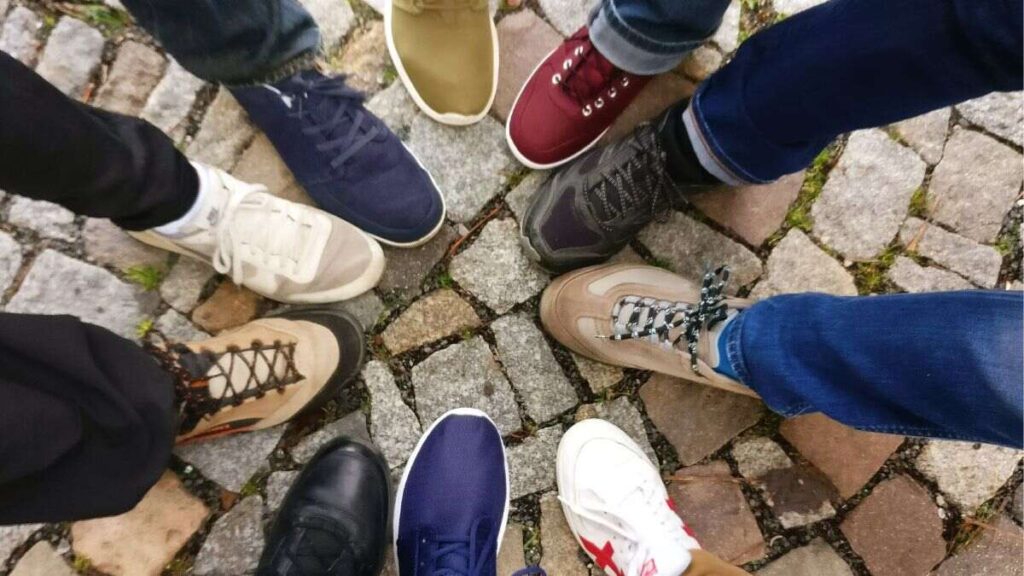Unforgotten Brands: Liberty Shoes

Liberty Shoes continues its growth trajectory because of its solid foundation, diverse product range, and devoted consumer base.
In India, the upper classes, particularly men, largely viewed the wearing of any footwear as a privilege. This view, which persisted for a long time, further deepened the gap between socioeconomic groups. For the common people, shoes were more of a status symbol than a need.
Start
After India gained its independence, the Swadeshi movement, which advocated for greater independence and the use of locally produced goods, was a driving force behind the launch of several businesses in India after the country gained its independence. Jawaharlal Nehru initiated a shoe firm as one example of such an enterprise. However, the business faced significant challenges, and by 1954, it was nearly bankrupt. Three men—Rajkumar Bansal, Purshotam Das Gupta, and Dharam Pal Gupta—stepped forward and took control. The humble beginnings of the firm, which was once known as “Pal Boot House,” included manufacturing only four pairs of shoes every day.
A shared goal of reducing the Indian people’s reliance on foreign brands and creating jobs for the lower classes motivated the three. They began by stocking their little shop with shoes made by local cobblers. They set out to do more than just create shoes; they wanted to give people from underprivileged backgrounds a leg up by providing them with opportunities to learn new skills and find work.
Name Change
The business started small, but it quickly expanded. The firm changed its name to “Liberty” in 1964, symbolizing India’s independence from foreign products and the emancipation of its lower classes. The company’s history took a dramatic turn with this name change. As word of Liberty Shoes spread, the partners began to tap into other markets.
The firm expanded into foreign markets after first concentrating on sales within the country. In Karnal, Haryana, they established their first factory and began mass-producing shoes.
International
The company’s foray into international trading was more of a joyful accident. On his way to a meeting with the Trade Council Association, Purshotam Das Gupta encountered a person who had recently experienced a minor accident. As it turned out, the person was a representative from the Russian Trade Council, and he helped him out. This fortuitous meeting resulted in Liberty’s initial export agreement with Russia. After that, the business began shipping its wares to other nations, such as Czechoslovakia, the Czech Republic, and Hungary. Liberty had to shift its focus to the domestic market when the Soviet Union collapsed in the early 1980s.

Domestic Focus
In 1984, Liberty Shoes reorganized its business model to focus on the Indian market. With their initial store in the tiny city of Kurukshetra in Haryana, they began to organise their distribution network and set up private showrooms. The decision paid off, as the company’s growth rate accelerated. In 2004, Liberty began building company-owned locations, following a franchise and distribution model.
Until the early 1980s, Liberty’s main focus was exporting shoe uppers. However, in 1982, the company established its first full-fledged plant in response to the thriving local market. Though it was a first for the Indian market, they used polyurethane technology to make shoes, which resulted in higher-quality footwear but also increased production costs. Despite the increased prices, Liberty’s dedication to quality contributed to the brand’s ascent to fame, and the firm had expanded to a ₹35 crore corporation by 1989.
Liberty Shoes’ four factories in Uttarakhand and Haryana now crank out more than 50,000 pairs of shoes every single day. The company has 50 showrooms outside of India and sells its products through 6,000 multi-brand retailers in 25 countries. Force10, Fortune, Gliders, and Senorita are just a few of Liberty’s ten sub-brands that have just debuted. Their accessory line now includes leather totes, shoe polish, and scented socks, among other things. To further establish itself as a dominant force in the international market, the firm has expanded into lifestyle retail under the name “Liberty Lifestyle” and introduced a line of fragrances.

Prognosis for the Future
There is competition in the Indian footwear industry from both local and foreign companies, despite Liberty Shoes’ dominance. Keeping its dominant position in the industry will require constant innovation and the ability to respond to shifting customer tastes.
Liberty Shoes is prepared to face future obstacles and continue its growth trajectory because of its solid foundation, diverse product range, and devoted consumer base.
Reference
https://yourstory.com/smbstory/liberty-shoes-leather-footwear-sports-anupam-bansal




1 Comment